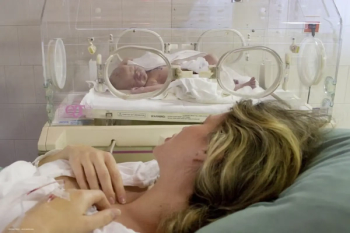
Gas tamponade is more effective for RRD
Using a gas tamponade, compared to an air tamponade, is more effective when treating rhegmatogenous retinal detachment (RRD).
Using a gas tamponade, compared to an air tamponade, is more effective when treating rhegmatogenous retinal detachment (RRD).
A team led by Dr H Stevie Tan, Academic Medical Center, University of Amsterdam, The Netherlands, examined the records of 524 cases of 523 patients that experienced primary vitrectomy for RRD with air or sulphur hexafluoride with a follow-up of at least three months. Cases with inferior retinal breaks were excluded from the study.
Of the patients included in the studied, 318 were treated with gas and 128 were treated with air. Eyes treated with air and gas had 81% and 86.9% chance of primary success, respectively.
A confounding factor was the involvement of lower retinal quadrants in the retinal detachment (RD). After this confounder was corrected the comparison between air and gas tamponade was statistically significant with regards to success rate.
Overall, gas tamponades are superior to air tamponades in RD cases with involvement of the lower quadrants. Air tamponades should only be used in RDs that are restricted to the superior quadrants.
The abstract can be found in the
Newsletter
Get the essential updates shaping the future of pharma manufacturing and compliance—subscribe today to Pharmaceutical Technology and never miss a breakthrough.













































